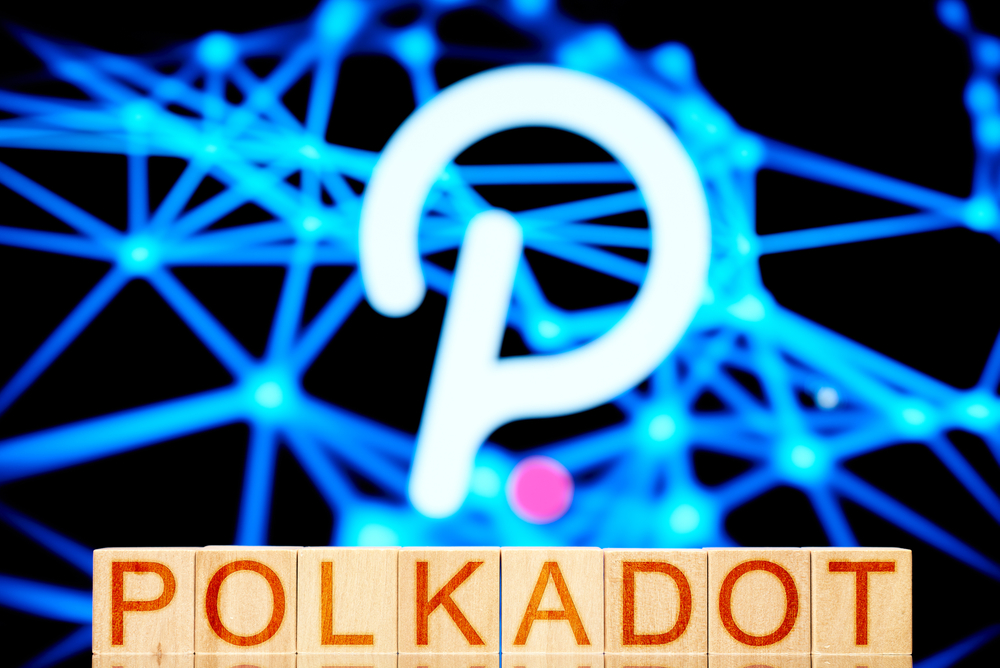The ever-increasing number of blockchains has made the attainment of scalability and interoperability between blockchains more critical. According to Polkadot, the problem’s solution is ‘parachains,’ a technical strategy to permit distinct blockchains to scale and function together safely and efficiently, exploiting the Polkadot network’s promises of isolation, security, and communication.
Parachains Explained
Different from other blockchains like Ethereum, Polkadot is not developed to have much inherent functionality. Rather, it acts as a ‘Relay Chain’ upon which several parallel layer-1 blockchains, referred to as parachains, can be hosted side-by-side. The various blockchains can be developed for particular use cases and later combine to create an ‘internet of blockchains.’ Further, the blockchains can all natively utilize DOT, Polkadot’s token, as a common currency.
The Relay Chain does not back decentralized applications, smart contracts, or the capability to move assets. Rather, it seeks to establish harmony between various parachains executing the more seemingly facing use cases. ‘Layer-0 blockchain’ utilizes a proof-of-stake consensus mechanism after its Merge in 2022.
The consensus mechanism utilizes Blind Assignment for Blockchain Extension (BABE), which arises from Ouroboros, a protocol developed by Aggelos Kiayias, a computer scientist. The parachains web developed around Polkadot can send tokens and data between each other. Hence, developers developing around Polkadot can create services that leverage several parachains.
Most parachains, including the Polkadot Relay Chain, utilize Substrate, a development structure offered by Parity Technologies, a British technology company. Nevertheless, they can be mutually exclusive despite being synergistic, meaning you do not require Substrate to create and maintain a parachain. Blockchains like Solana, Ethereum, and Cardano run several smart contracts on a single blockchain. Thus, their blockchains compete for similarly limited computing resources. Numerous autonomous blockchains comprising computing resources can aid in reducing problems linked to execution times, congestion, and difficult-to-predict running costs.
The Kusama Network
Kusama Network is the critical element of Polkadot’s parachains network. The network acts as Polkadot’s pre-production environment or a sandbox that permits parachain developers to experiment with fresh ideas. Kusama is an autonomous, operational, ‘real’ chain blockchain, not a ‘testnet.’
A testnet refers to a blockchain that utilizes the same underlying structure as the parent blockchain, but no actual funds are utilized, and it does not utilize coins similar to those of the primary database.
Investigations on Parachains Utilization
At present, developers are developing parachains for several use cases. Examples include:
Moonbeam: This smart contract platform is developed using the Substrate blockchain framework that permits developers to use smart contracts to create decentralized applications. These apps can integrate with networks like Ethereum.
Astar: It integrates Ethereum Virtual Machine (EVM) WebAssembly that permits developers to make decentralized applications like nonfungible tokens and decentralized finance.
How to Start a Parachain?
For projects to earn a place on the Polkadot network, they must competitively bid against each other through auctions. The auctions control the projects to be connected to the Relay Chain. The Web3 Foundation deliberately keeps the number of successful places scarce to boost competition with the ecosystem.
After a project attains an invaluable lease, they last nearly 96 weeks. On the Kusama sister network, the leases last a maximum of 48 weeks. The auctions mainly function using ‘crowdloans.’ In this case, community members back their ideal projects by briefly locking their tokens down to support their preferred projects. Later, they are stored in separate modules within the Relay Chain which is not in the control of the project.
End Thoughts
The Polkadot Relay Chain is set for a significant update, which is going to make considerable changes to its functioning. The imminent Join-Accumulate Machine (JAM) improvement would permit Polkadot’s Relay Chain to operate more generic services.
The Web3 Foundation is offering prize funds worth nearly $10M to developers executing JAM. The price pool seeks to award persons working in various programming languages. As of April this year, the JAM update was still subject to endorsement from stakeholders, awaiting a vote by the DOT token holders.
